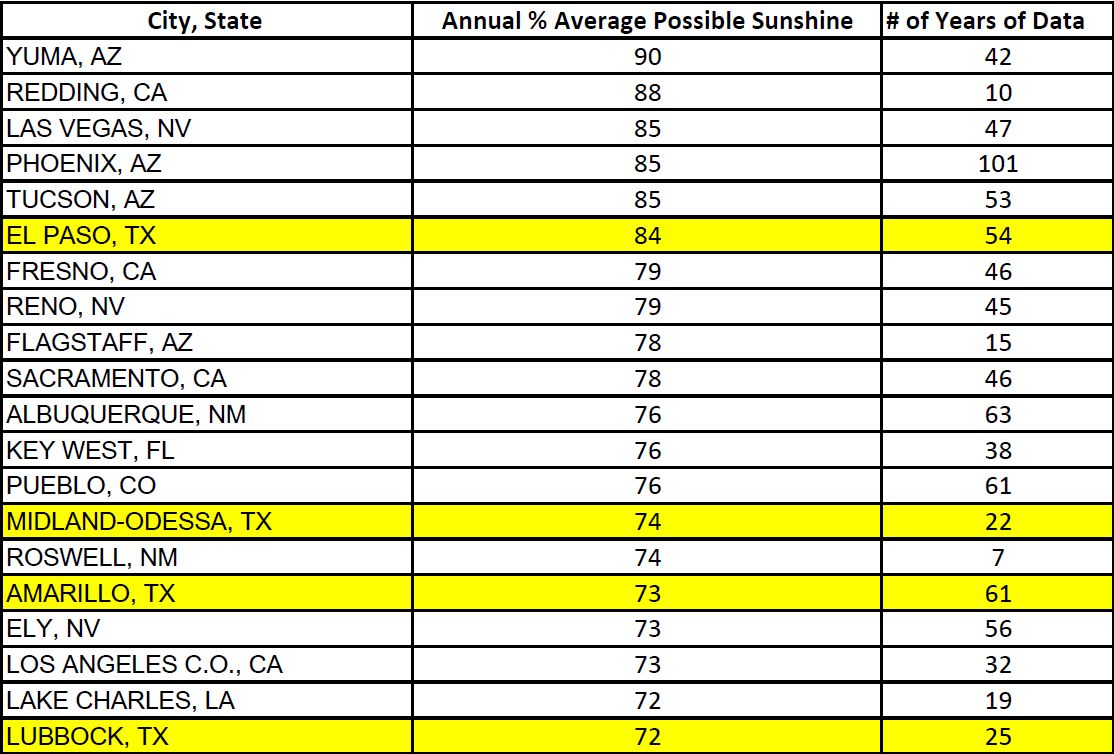The UV Index is a scale to help inform the public on how much time they can spend outside and how strong the sun’s rays will be for the day.
Let’s break down the categories to better understand them.
When the UV Index is low, the chances of you getting a sunburn is minimal. These are typically cloudy and sometimes rainy days with little sunshine so no protection is needed.
Once the UV Index rises into the moderate and high categories, protection is needed. When outside, apply SPF-15 or higher on exposed skin and wear protective clothing, a wide-brimmed hat, and sunglasses. You'll also want to reduce time in the sun between 11am - 4pm.
When the UV Index climbs into the very high and extreme categories, extra precaution is needed. Unprotected skin can burn quickly. Be careful outside, especially during late morning through mid-afternoon. Seek shade and take breaks often in the A/C. When outside, apply at least SPF-15 or higher on exposed skin and wear protective clothing.
According to the National Climatic Data Center, several Texas cities average more than 60% of possible sunshine annually.

Texas actually has 4 cities (El Paso, Midland-Odessa, Amarillo & Lubbock) in the top 20 sunniest cities in the United States. Texas is tied with Arizona and California for the most cities in the top 20.
Also, in the top 20, the “Sunshine State” of Florida only has one city listed.
With all the sunshine across Texas, it’s important to keep the UV Index in mind when planning your day so you don’t get burned!



